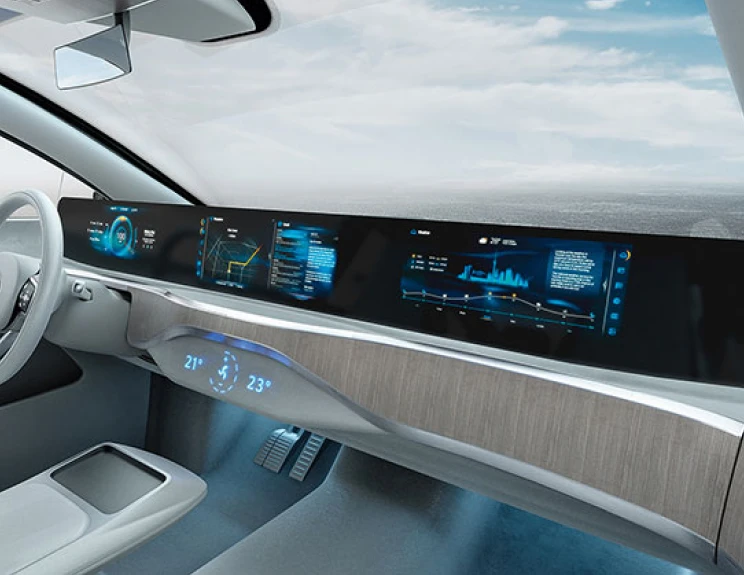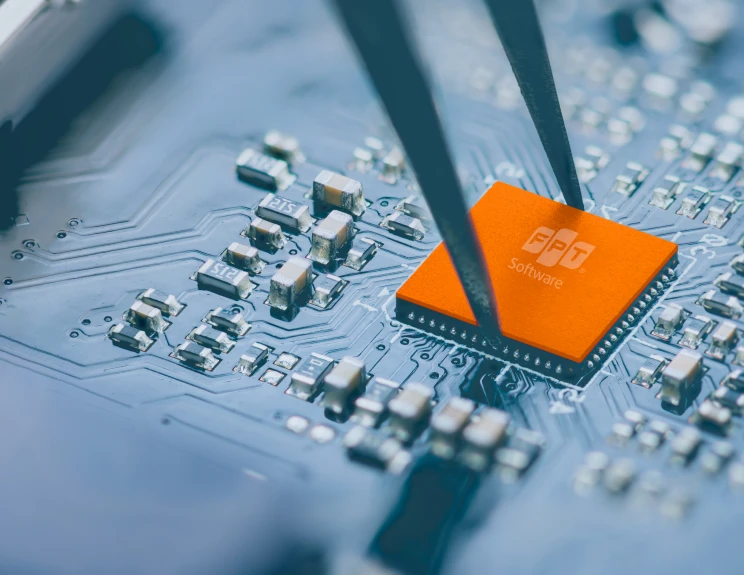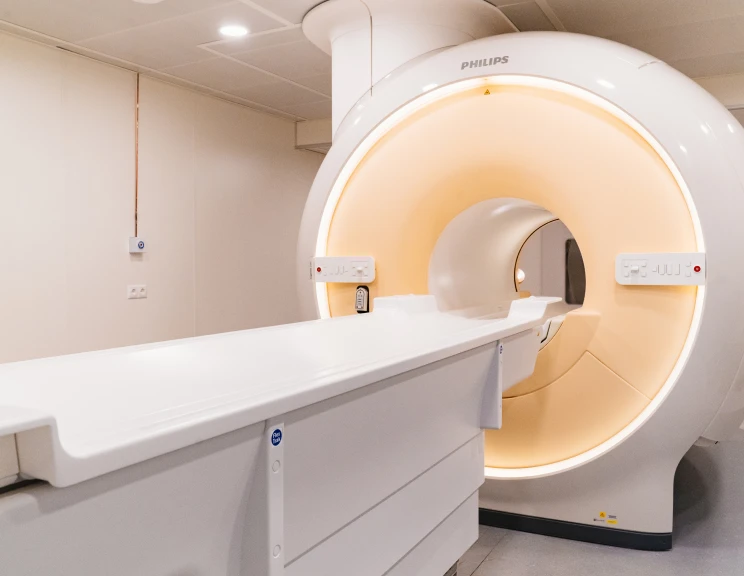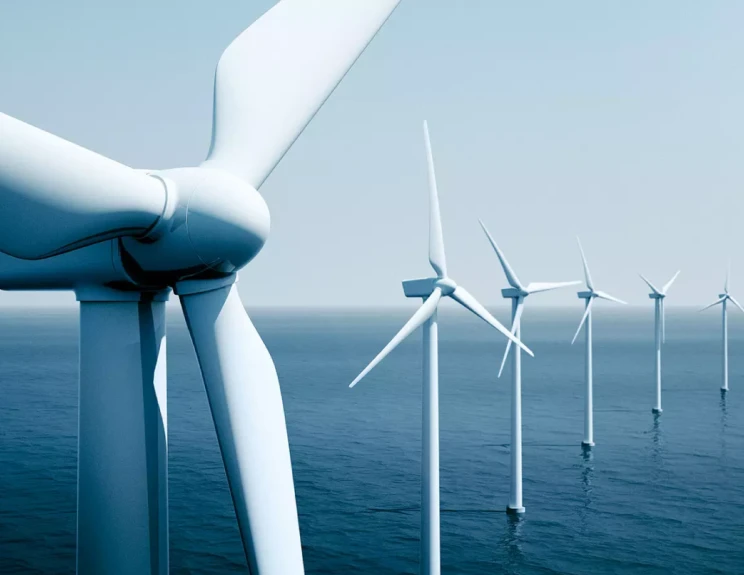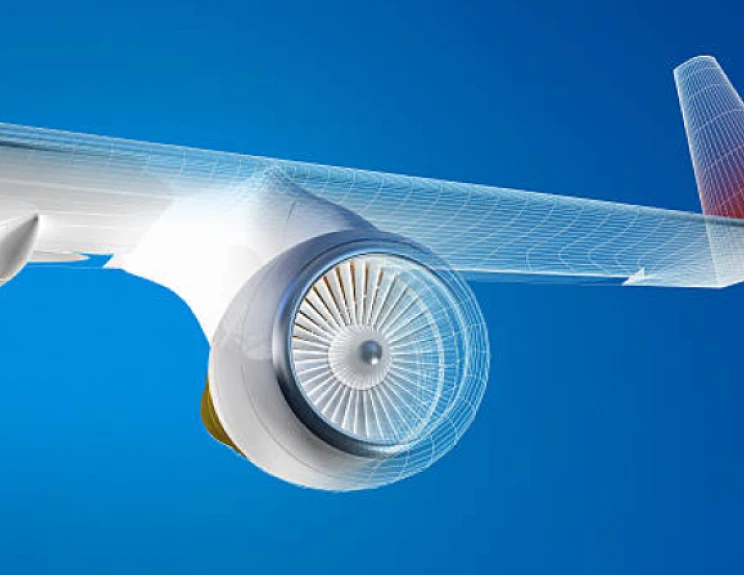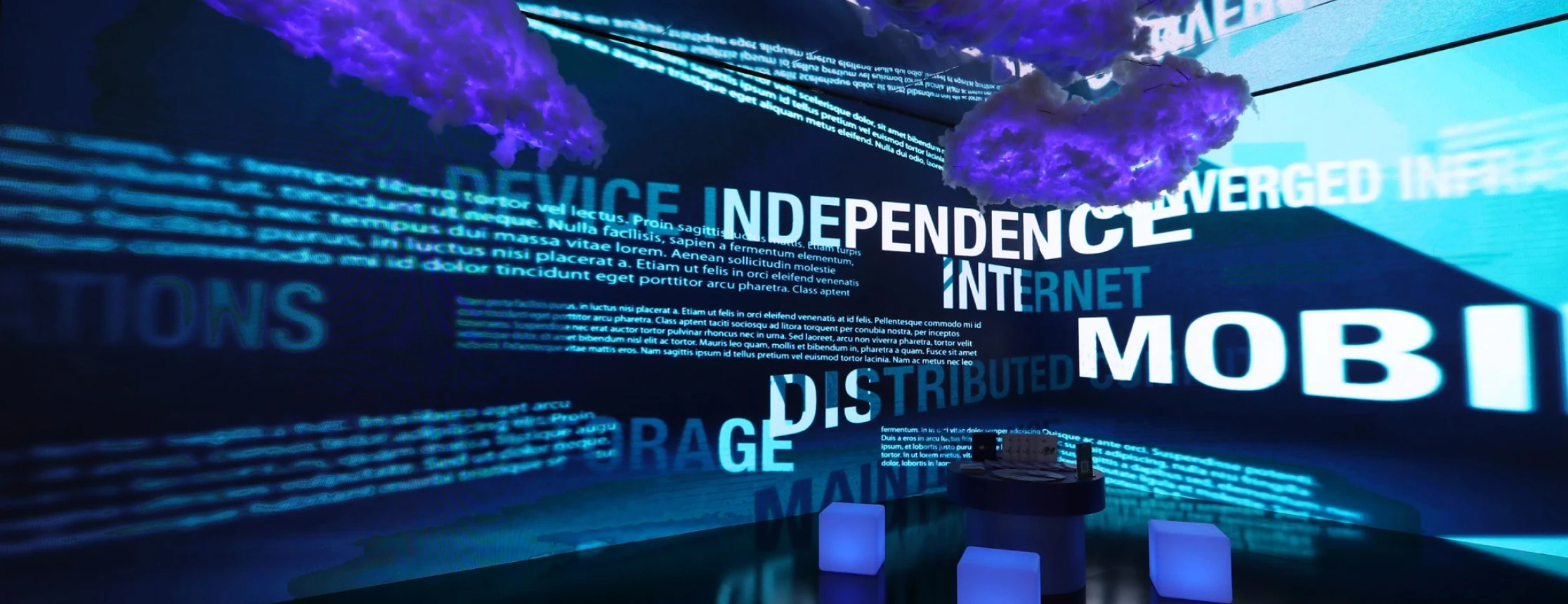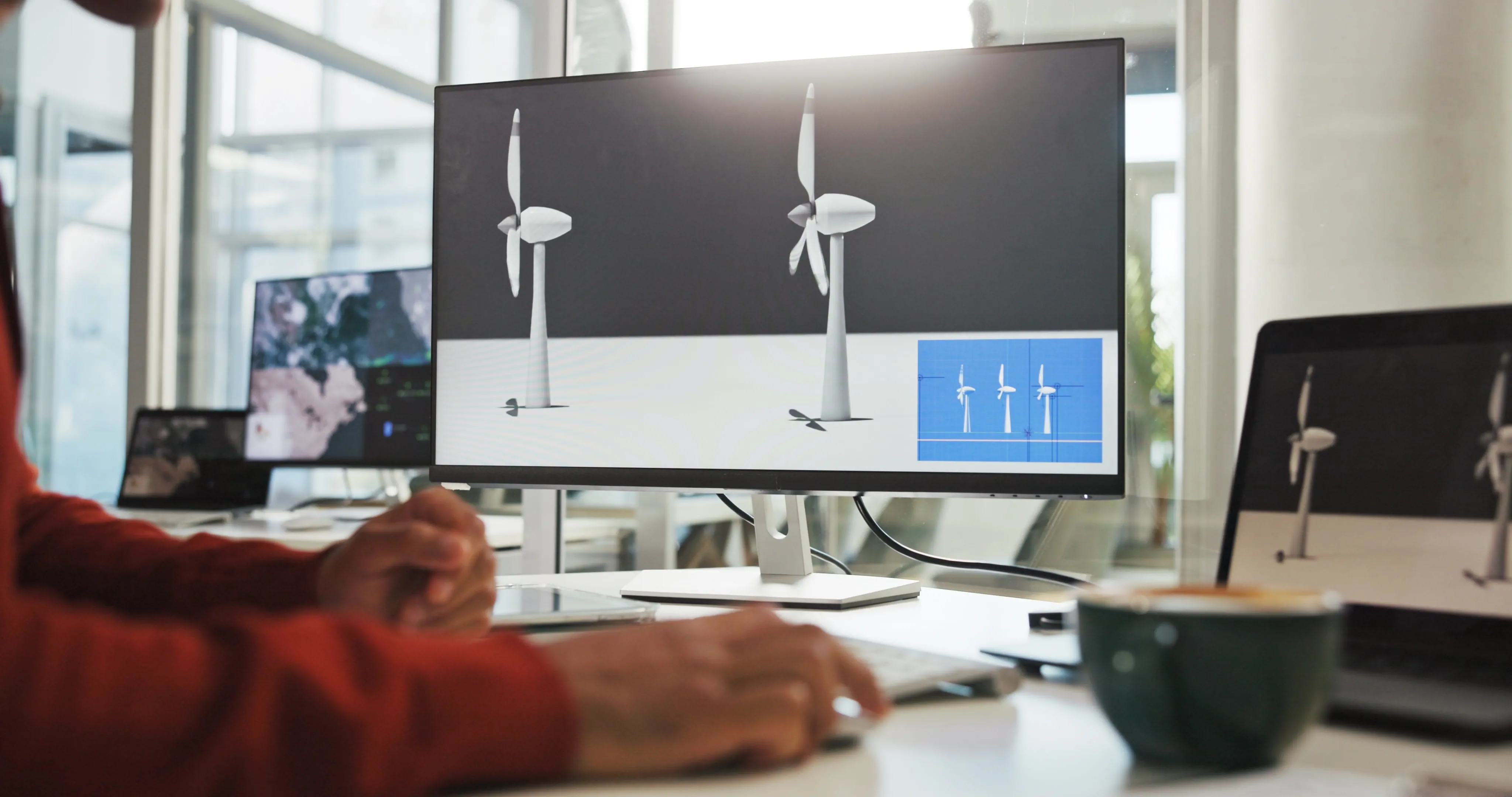
The Wind-fueled Future of Germany Energy
Germany’s renewable energy transformation is a global benchmark for how advanced technologies and policies can accelerate the shift. With a renewable energy market valued at USD 43.1 billion in 2024 [1], Germany continues to lead the charge through investments in solar, wind, and green hydrogen. This progress is driven by a strong national commitment to decarbonization, robust climate policies, and coordinated public-private funding.
A key enabler of this transition is the country’s parallel investment in digital energy infrastructure. In 2022, the German federal government allocated approximately €1.5 billion to energy R&D [2]. From smart meters and AI-powered forecasting systems to IoT-based grid integration and large-scale battery storage, Germany is building an energy ecosystem that is smart and flexible, designated to serve its nation long-term. These innovations provide critical grid stability, real-time energy management, and optimization of variable renewable sources.
Wind power, in particular, has become the backbone of Germany’s clean energy strategy. As an early adopter of onshore wind in the early 2000s, the country has steadily expanded its capacity. In 2023, Germany reached a major milestone by generating over 142 terawatt-hours (TWh) of electricity from wind, making it the largest source of power generation, surpassing all fossil fuel sources combined. Today, Germany boasts nearly 70 gigawatts (GW) of installed wind capacity, comprising over 60 GW onshore and 8.5 GW offshore, positioning it as the third-largest wind energy market globally, trailing only China and the United States [3].
However, as wind energy's role continues to grow, Germany faces new complexities in managing its vast fleet of assets, complexities that require smart, data-driven solutions to ensure reliability, efficiency, and scalability.
Unlocking Smart Wind Energy Management with Digital Twins
Germany’s wind power landscape includes nearly 29,000 onshore turbines [4], with plans to quadruple offshore capacity to 30 GW by 2030 [5]. This expansion requires managing assets spread across varied geographies, complex terrains, and harsh marine environments.
By 2025, 16 GW of onshore turbines will exceed 20 years of operation [6], increasing the demand for proactive maintenance and lifecycle monitoring. Additionally, wind already supplies over 28% of Germany’s electricity [3], intensifying the pressure on grid balancing, integration, and stability. Seasonal variability and unpredictable weather patterns further complicate operational forecasting.
To overcome these challenges, Germany’s wind sector is increasingly turning to digital twin technology — virtual models that mirror real-world wind assets and systems in real time. When integrated with artificial intelligence (AI), the Internet of Things (IoT), and edge computing, digital twins unlock powerful capabilities that allow operators to manage wind assets more intelligently and proactively. IoT sensors embedded across turbines, substations, and grid nodes feed continuous streams of real-world data into digital twin models, while edge computing enables local data processing for real-time decision-making without latency. AI further enhances these systems by analyzing data patterns, predicting equipment failures, and identifying optimization opportunities across the fleet. This seamless technology ecosystem delivers several strategic benefits:
- Predictive maintenance: By analyzing data on vibration, weather, and component wear, operators can predict failures before they occur, reducing downtime and costs.
- Performance optimization: Digital twins can simulate wind flows, turbine positioning, and blade angles, helping to maximize energy yield under varying conditions.
- Scenario planning: Operators can model the impact of different grid loads, weather events, or equipment failures, improving responsiveness and grid reliability.
These capabilities are particularly valuable in addressing Germany’s most pressing wind power challenges. In offshore wind, digital twins play a crucial role in design optimization, enabling more accurate modeling of seabeds, weather conditions, and turbine layouts, which reduces costly errors during project planning and execution. Throughout the operational lifecycle, continuous structural monitoring of turbines ensures integrity and safety in demanding environments. Equally important, digital twins allow operators to simulate the integration of new offshore capacity into the existing onshore grid, helping to prevent bottlenecks and optimize grid performance.
FPT’s Digital Twin Implementation
The adoption of digital twin is delivering measurable value in energy operations. A notable example is FPT’s collaboration with a multinational conglomerate managing a large-scale portfolio of wind assets.
Facing increased complexity across its geographically distributed turbine fleet, the client sought to enhance predictive maintenance capabilities, minimize unplanned downtime, and improve overall operational efficiency. To address these needs, FPT implemented a custom-built digital twin platform tailored to the client’s infrastructure.
The solution centralized real-time data from all turbines into a unified monitoring system, accessible via both desktop and mobile platforms for seamless remote oversight. By integrating predictive analytics, the platform continuously analyzed variables such as vibration, component wear, and environmental conditions to detect early signs of failure—enabling maintenance teams to act proactively rather than reactively.
As a result, the client achieved up to $8 million in repair cost savings, along with significant gains in energy production efficiency and asset reliability. Beyond cost avoidance, the deployment empowered the client with greater operational visibility, smarter decision-making, and a scalable foundation for future innovation.
This successful implementation demonstrates the tangible benefits of digital twin technology in modern wind energy management—transforming complex challenges into opportunities for resilience, efficiency, and long-term growth
Interested in the real-world impact of digital twin technology? Read the full case study here.
Prepare for Stronger Winds
As Germany accelerates its wind power expansion to meet its 2030 renewable energy targets, the complexity of managing large-scale, distributed assets, particularly in offshore environments, continues to grow. Digital twin technology is proving essential in navigating this complexity, offering high-fidelity simulations that enhance design precision, reduce planning errors, and support long-term operational reliability. More than a planning tool, digital twins enable real-time asset monitoring, predictive maintenance, and intelligent grid integration, making them critical for de-risking investments and ensuring system-wide resilience.
FPT offers deep expertise in IoT integration, digital twin development, and scalable cloud services to help organizations fully embrace this transformative technology. With proven, we empower energy companies to unlock smarter operations, enhance asset performance, and build a more adaptive, data-driven future for renewable energy. Embracing these technologies is not just a competitive advantage—it’s an operational necessity for a cleaner, smarter energy future.




